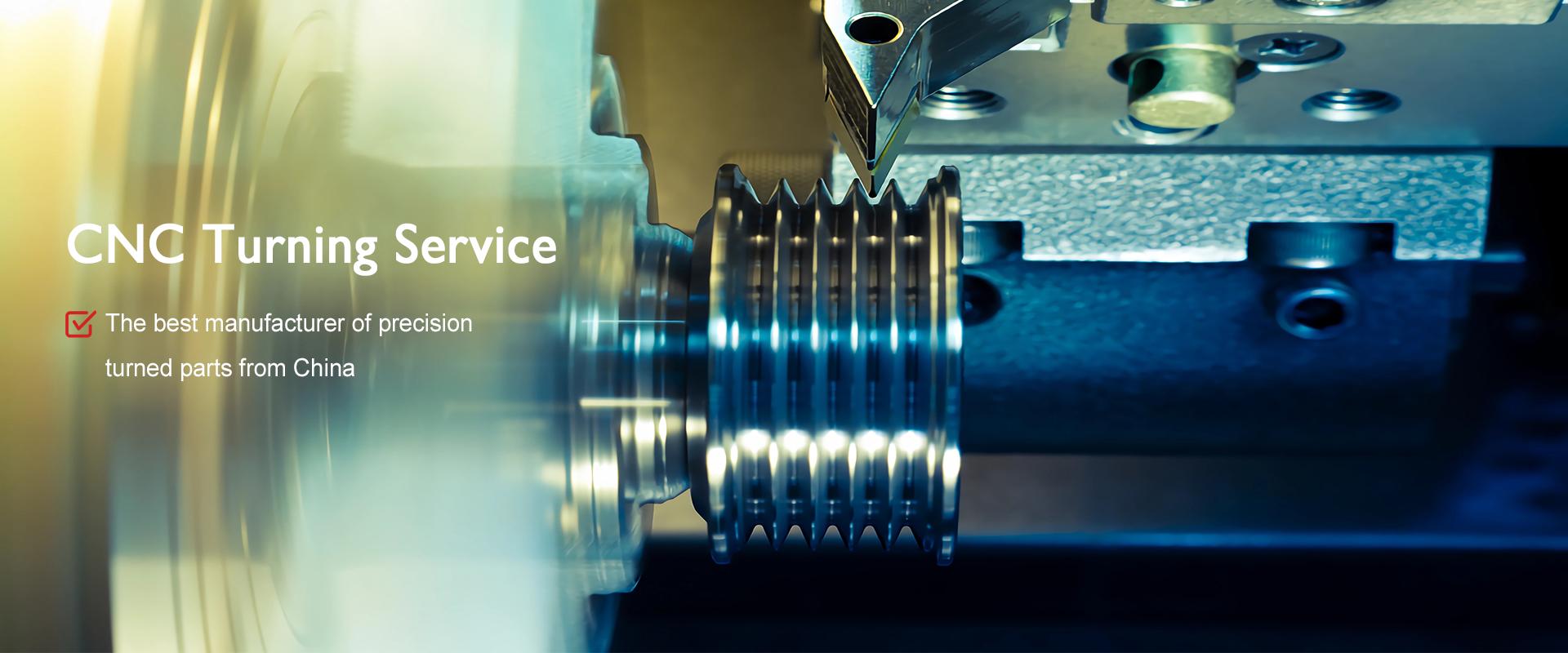
What is CNC turning?
CNC turning is the removal of material from a rotating workpiece by means of a CNC turning tool and obtaining the desired shape, it is very similar to CNC milling. More than CNC milling, the processing results in a smoother surface, a clearer knife pattern, and faster cutting speed. CNC turning for complex geometries such as cylinders, cones, and threads is performed with higher precision and efficiency. Therefore, the selection of the process should be taken into account when the parts need to choose the most suitable processing method.
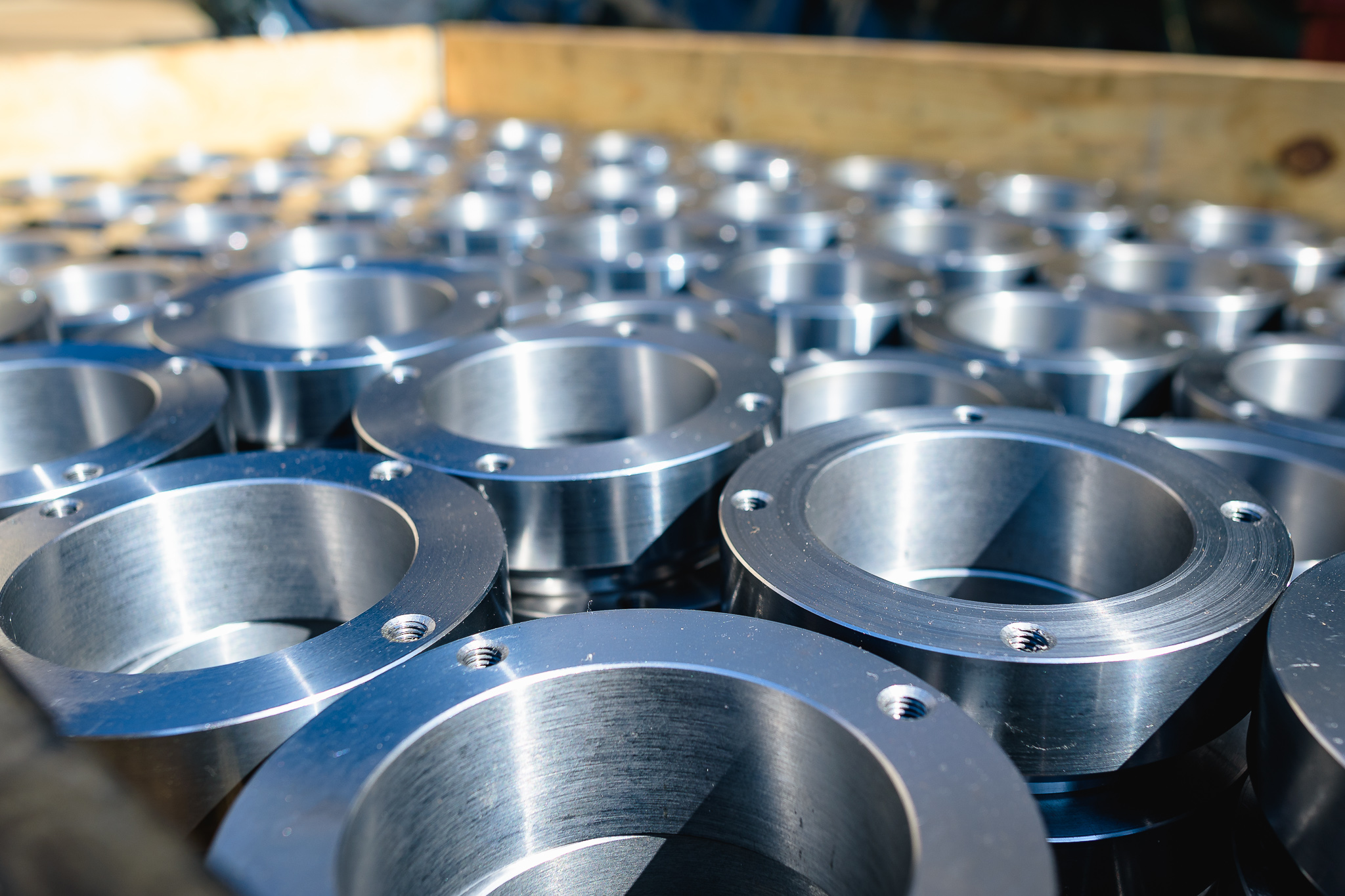
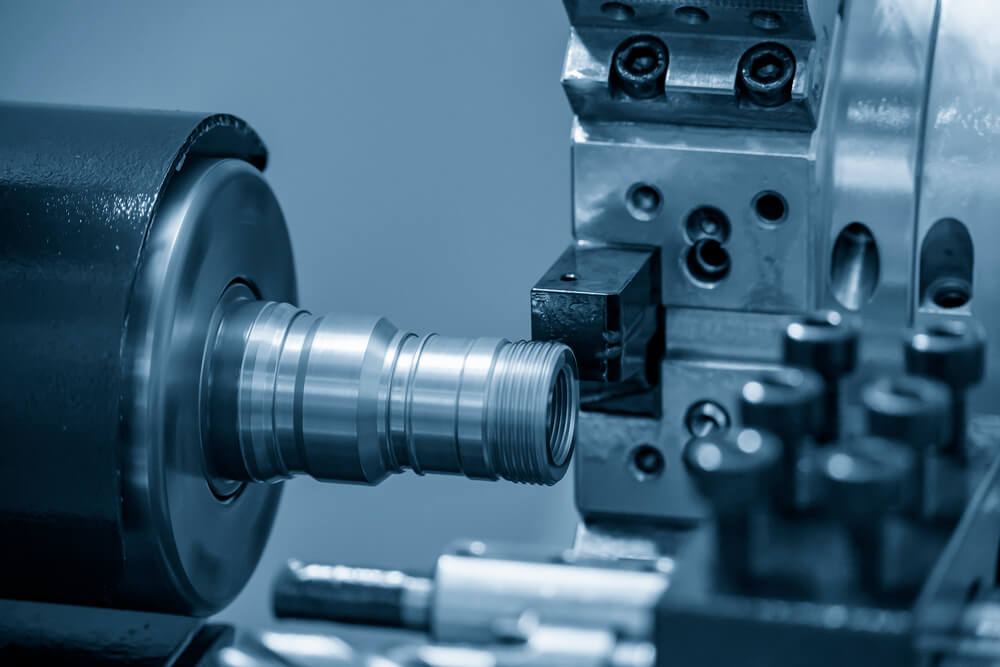
The initial step of the CNC turning process involves the preparation of a CAD file, which is then converted to a CAM program – a program written in the G-Code language. Next, a set of tools is mounted on the tool changer. For example there could be:
a right-hand turning tool
a left-hand tool
a grooving tool
a drill
a tap and
a parting tool.
The machinist may then mount in a chuck the raw bar material to be turned. A run of one piece may be done next to verify that the tools and the CAM program are set up correctly. The first-article part is then inspected. Any setup refinements can then be made. Production then begins. In some CNC turning systems bar material can be loaded automatically via a bar feeder. This is particularly helpful in large quantity runs.
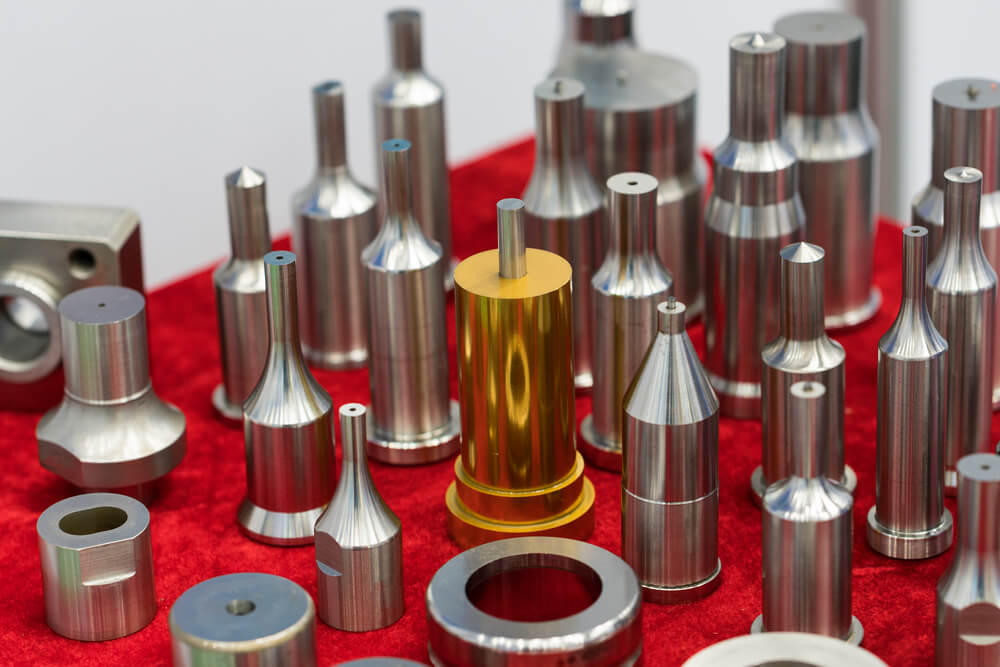
CNC turning service has numerous benefits including high accuracy and precision. This assures that turned parts are created to meet exact specifications while eliminating the possibility of human error. CNC lathes produce minimal defects and achieve faster results compared to their manual counterparts.
Raw materials
CNC lathe machining can produce high-quality parts with accuracy and precision in a variety of raw materials. The CNC turning process can be applied to most hard materials and metals such as:
Aluminum
Stainless Steel
Stainless
Brass
Copper
Titanium, etc.
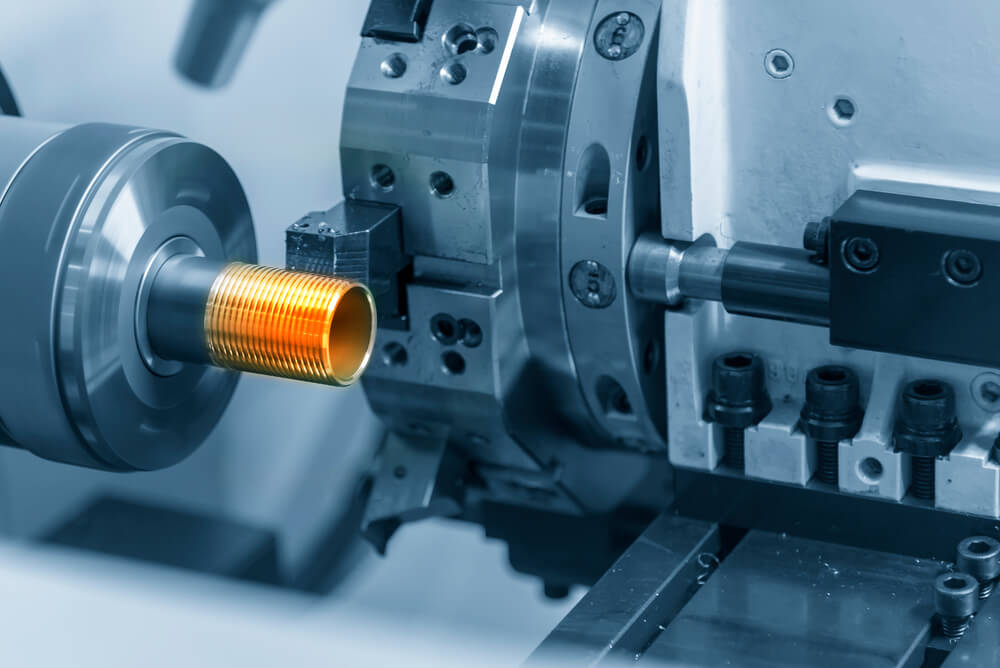
Single point threading
Single point threading in CNC turning is a process by which a cutting tool is used to cut a helical thread into the workpiece. This can be an external or internal thread. The cutting tool is moved in a synchronous fashion along the surface of the workpiece while the spindle rotates. This creates a threaded groove over the length of the workpiece. The depth and angle of the groove depends on the shape of the cutting tool, the feed rate, and the spindle speed. The final thread is formed by advancing the cutting tool along the groove until the required thread depth is achieved.
 Accuracy
Accuracy
CNC lathes are highly accurate and precise machining tools, especially with hard materials such as steel, aluminum, stainless, titanium, brass, and copper metals. Plastic materials can also be used with CNC turning machining but due to the properties of the plastic materials, the achievable tolerance is usually lower than their metal counterparts and are more prone to deformation when machined. Plastic materials are also less expensive than metals which in some cases makes plastic a more popular choice for certain cases.
CNC turning machines typically provide accuracy and repeatability to within a few thousandths of an inch. With proper equipment and setup, CNC lathes can attain tolerances up to a few ten-thousandths or even better, however at that level, the temperature of the material comes into play as does the quality of the machine and the geometry of the part being machined.
Bar feeders
Bar feeders are used on CNC turning machines to automate the material handling process. They are designed to feed a continuous length of bar stock into the spindle of the CNC turning center. This saves labor and hence cost for high volume jobs. It also shortens the delivery time.
CNC turning and CNC milling are two of the most common machining processes used to create custom machined parts. While CNC turning machining uses a lathe to rotate a part against a cutting tool to create a cylindrical shape, CNC milling machining uses a cutting tool that rotates around an x, y, and z axis to create a three dimensional shape. Some advanced 3D CAD models may have both turning and milling features included so the two manufacturing processes are combined in sequential steps to machine the raw material into an accurate and quality production run.
Secondary surface finishing processes
CNC lathe production can involve a variety of secondary finishes to ensure that the metal parts meet the desired surface quality after they have finished the machining process A secondary finishing service can include deburring, grinding, polishing, anodizing, painting, and plating. Deburring helps to remove any sharp edges or burrs, while grinding and polishing can improve the surface finish of the metal. Anodizing and plating can improve the strength, wear resistance, and corrosion resistance of the metal, and painting or powder coating, if the machined part is metal, can be used to add color to the part.
Choosing a CNC turning manufacturer for your next project
When choosing a CNC turning manufacturer for your project, it is important to consider the quality of the parts they produce, the secondary surface finishes they can accommodate, their turnaround time, and their customer service support. It is important to make sure that the manufacturer is up to date on the latest technology and has the necessary CNC machines to produce the parts you need in a cost-effective and reliable production run. Additionally, it is important to make sure that the manufacturer is experienced in the types of machining the CAD design may require such as tooling components, raw material acquisition, and access to a CNC milling machine to accommodate any advanced features. Finally, you should make sure that the cost of the parts is within your budget and is competitive with other quotes you have received.